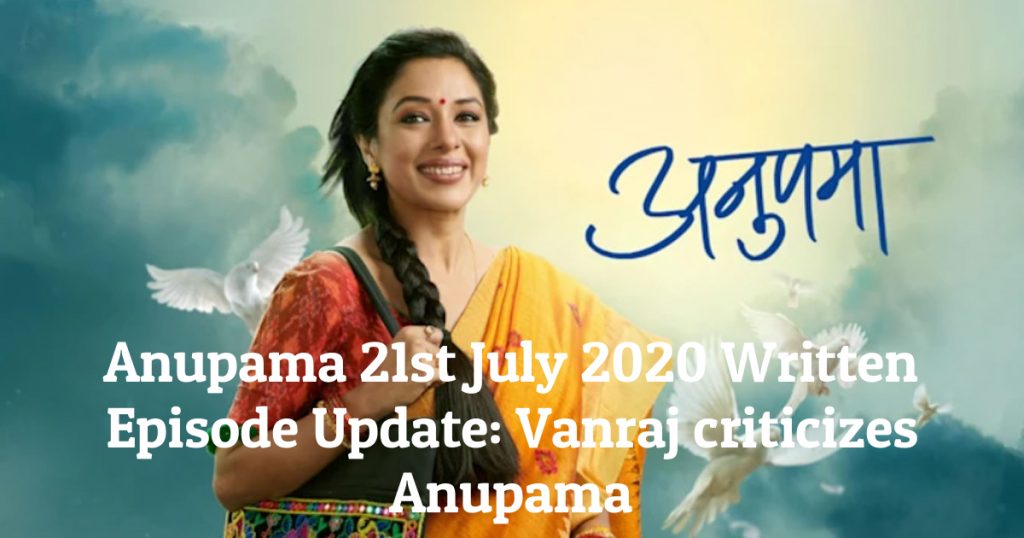The Indian television seems to keep producing ‘new’ content by rote. There is surely a ‘hit-show formula’, and very few producers dare to venture outside it. So what is this formula, and do we need something different as an audience?
The hit theme
Despite the changing generations, a few themes have constantly been dominant on the Indian television. These themes mostly deal with female protagonists in domestic settings, struggling with their romantic/ marital life. One very typical storyline is a woman trying to find ‘acceptance’ at her marital home after an ‘unexpected’ marriage.
A stretched exposition
The exposition, where we are introduced to the characters, generally tends to be stretched out. And why not? After all, a ‘hit’ show on Indian television automatically means a long-running show. So a number of episodes are spent familiarising us with the characters, their lives, their peculiarities, their dreams, goals, etc. Two current chart-toppers – Anupamaa and Udaariyan, have successfully implemented this strategy. They weren’t an immediate success on their launch, but rather took time to establish the characters before introducing the ‘inciting incident’ that will change their lives forever and grab our eyeballs.
Establishing a loyal audience
Every show has its own target audience in different age groups. For a long running show, this audience certainly needs to be identified and the content needs to stay loyal to them, else they risk losing their loyal viewers. Maybe this is the reason why showing the natural order of growth in characters almost never works for a show.
Treatment
Treatment, or approach of storytelling on Indian television, always tends to be melodramatic (where we are supposed to grow over-emotional for the characters), and it always seems to work. Shows, which have tried to experiment by introducing comic-elements and innovative narrative devices, have sadly failed. An example is ‘Naati Pinky Ki Lambi Love Story’, which experimented with the protagonist Pinky breaking the fourth-wall (talking directly with the audience) and unleashing a comic alter-ego named Imarti.
Conclusion
Some things never change on Indian Television because they seem to work for the producers and the broadcasters. But, do they work for the audience too? Maybe for specific subset of the audience, they do! And this is the audience that most ‘hit’ shows cater to.
Meanwhile, a large part of the population goes unrepresented or under-represented on our small screens. Most shows are centred around women who are largely limited within domestic bounds. What about working women, where are their struggles; or even the struggles of men, if one begins to ask? Why are love-dilemmas the only kind of problems that the protagonists face?
Also, do we all enjoy a seemingly infinite and never-ending story? While I appreciate the way shows like Anupamaa and Udaariyan establish an emotional connect with their characters by moving things slowly, they eventually use the same cliched appeal of ‘love triangle’ to lure the audience. Even if it’s a love-story, it can be short and sweet joyride of various emotions (doesn’t need to be a tear-jerker, or an anxiety-inducer), where the characters live and learn through different situations.
The makers are not solely responsible for the lack of growth in television content. We also need to change our tastes and be open to modern stories and dynamic characters (who show emotional growth, like we do in real lives). If we keep preferring nothing but romantic melodramas which never end, we’ll be served nothing but archetypal and larger-than-life tales of dull and lifeless characters, which neither contribute to our cognitive growth nor reflect the rich diversity of Indian audience.




















Facebook Comments